CONVERTER®
Technology & Process
THE CONVERTER® PROCESS IS A PATENTED AND COMPLETELY MECHANICAL PROCESS BASED ON THE PRINCIPLE OF MECHANICAL TO THERMAL ENERGY TRANSFORMATION.
It exploits moist heat shredding, without the use of pressure: that mechanically heats the waste by means of the friction generated by a rotary blade and consequent extraction of moisture by evaporation.
In a 30-minutes cycle the Converter® transforms the waste into a final product which is reduced in weight and volume; totally dry and safe.
The Converter® is a risk-free technology. It allows you to treat waste on site and it does not use chemicals, combustion, or microwaves to do so. Furthermore, it is emission free both for wastewater and gases.
The Converter® is used extensively to achieve zero to landfill.
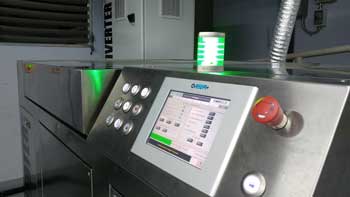
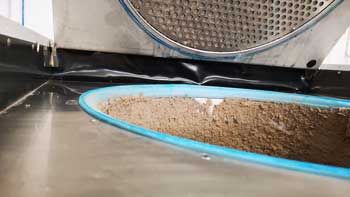
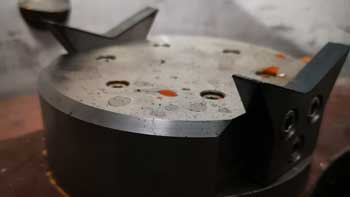
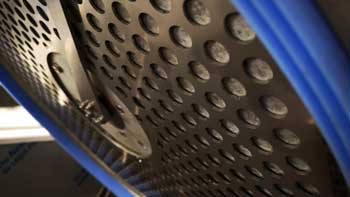
THE PROCESS
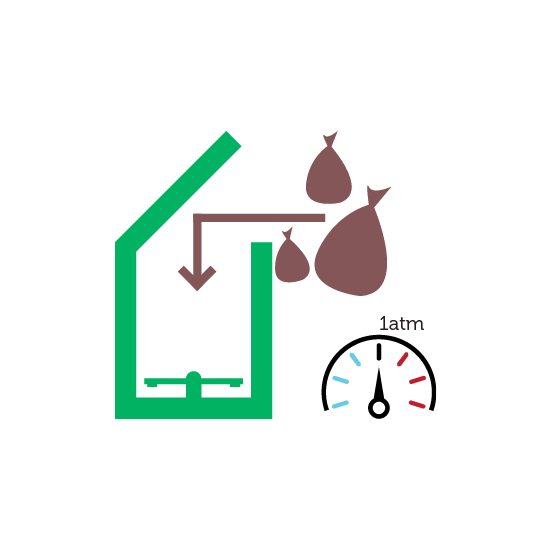
STEP 1
WASTE LOADING
The waste is loaded inside the chamber by hand in plastic bags and the lid is closed.
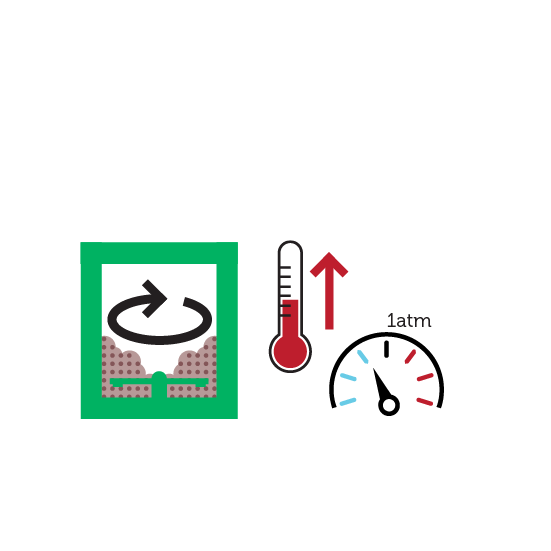
STEP 2
CRUSHING
The rotor starts and accelerates gradually, as the material is finely ground and the temperature rises quickly to about 100 °C.
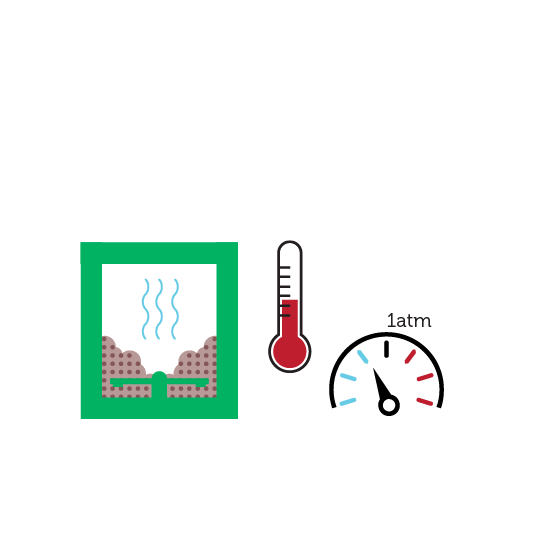
STEP 3
EVAPORATION
The heat generated by friction in the material causes the evaporation of the waste moisture and the temperature remains firm at around 100°C.
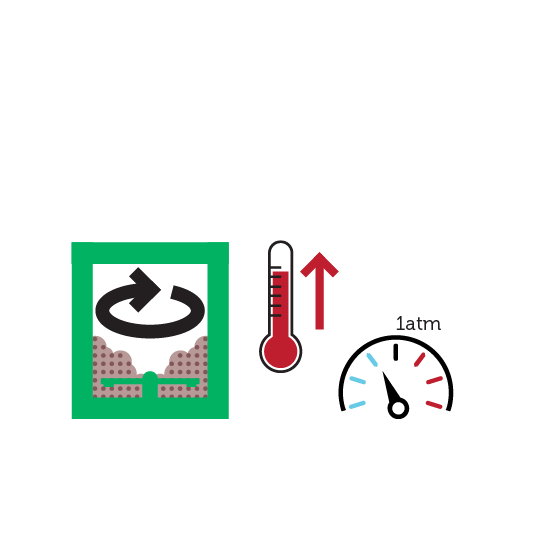
STEP 4
SUPERHEATING
Once all the moisture has been eliminated, the frictional heat causes the temperature of the material to increase to 151°C.
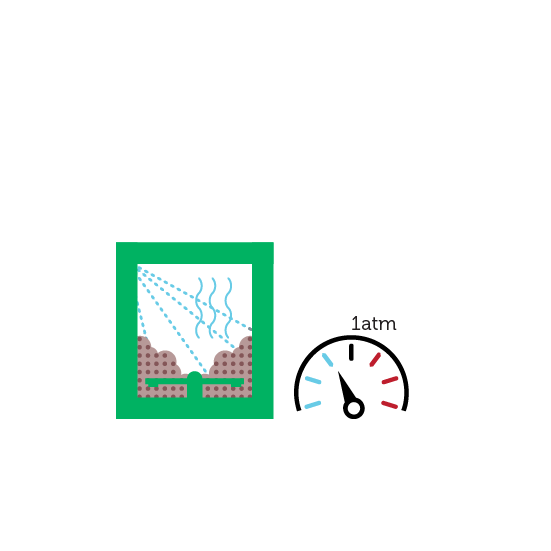
STEP 5
STERILIZATION OR PASTORIZATION
The temperature of the material is held firm at 151°C for 3 minutes, under moist heat conditions through controlled water dosage.
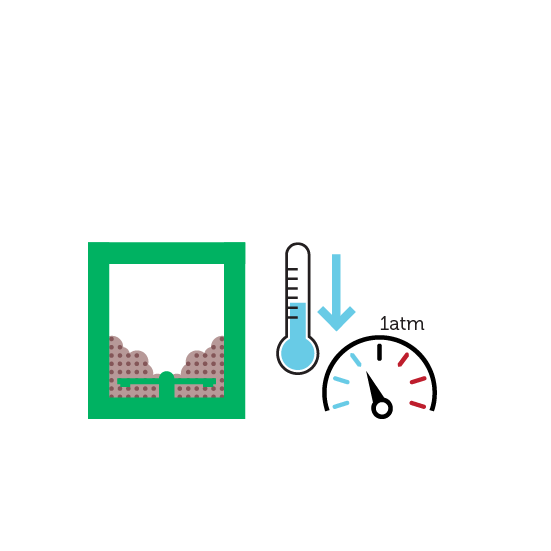
STEP 6
COOLING DOWN
The waste is sprinkled with water in order to lower the temperature of the material to about 100°C. A vacuum pump then lowers the temperature further down to 60°C adiabatically.
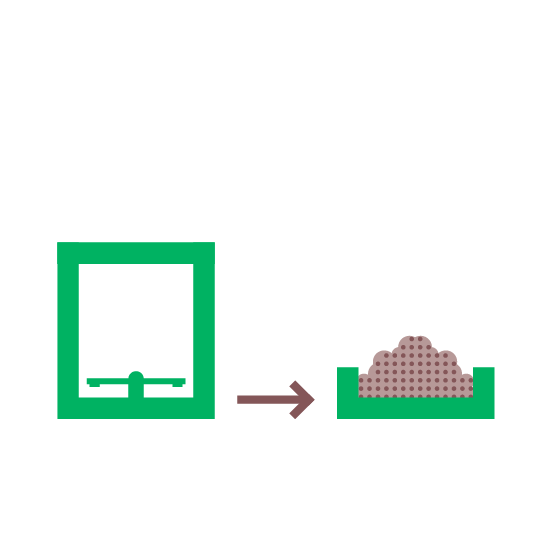
STEP 7
UNLOADING IN VACUUM BAG
The treated material is unloaded by centrifugal force through the opening of a servo-operated valve positioned at the bottom of the treatment chamber.
TECHNOLOGIES COMPARISON
| CONVERTER® (moist heat sterilization) |
Autoclave (hot steam process) |
Autoclave with a shedder |
Incinerator (high-heat process) |
|
|---|---|---|---|---|
| Continuous process | x | x | x | x |
| Integral shredding | ✓ | x | ✓ | x |
| Unrecognisable waste | ✓ | x | ✓ | ✓ |
| Volume of waste reduction | ✓ | x | ✓ | ✓ |
| Mass of waste reduction | ✓ | x | x | ✓ |
| Installation requirements | Low | High | High | High |
| Complexity of the installation | Low | Intermediate | High | High |
| Possibility of installation “in situ” | ✓ | ✓ | ✓ | x |
| Technology approval and recognition by countries all over the world | High | Intermediate | High | Low |
| Level of sterelization | High | Intermediate | High | High |
| Odours | Low | High | Intermediate | Intermediate |
| Level of noise | Low | Intermediate | Intermediate | High |
| Treatment of pathological and anatomical waste | ✓ | x | ✓ | ✓ |
| CONVERTER® (moist heat sterilization) |
Autoclave (hot steam process) |
Autoclave with a shedder |
Incinerator (high-heat process) |
|
|---|---|---|---|---|
| ROI | High | Low | Low | Low |
| Investment costs | High | Low | Intermediate | High |
| Operating costs | Low | High | High | High |
| Maintenance costs | Low | High | High | High |
| Labour costs | Low | High | High | High |
| CONVERTER® (moist heat sterilization) |
Autoclave (hot steam process) |
Autoclave with a shedder |
Incinerator (high-heat process) |
|
|---|---|---|---|---|
| Impact on the environment | No | Intermediate | Intermediate | High |
| Treated waste recyclable | ✓ | x | x | x |
| No contaminated rejection (such as water, steam) | ✓ | x | x | x |
| CONVERTER® (moist heat sterilization) |
Autoclave (hot steam process) |
Autoclave with a shedder |
Incinerator (high-heat process) |
|
|---|---|---|---|---|
| No risk related to pressurized vessel | ✓ | x | x | x |
| Risk for workforce/personnel health (no risk of toxic contaminants released into the air or the treated waste) |
No | No | Intermediate | High |